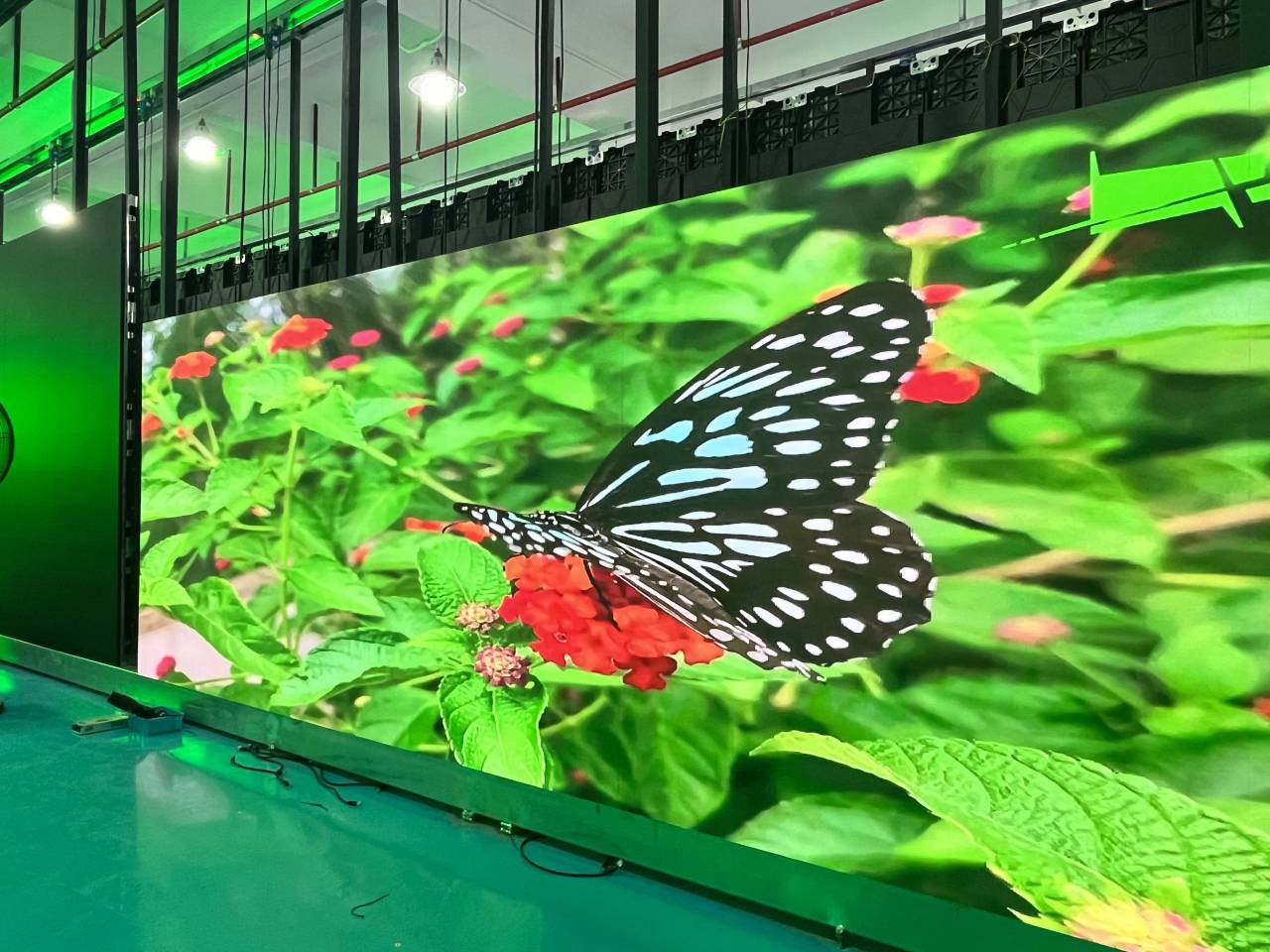Exploring the Longevity of Light Emitting Diode Display Panels in Contrast to Traditional Display Methods
Exploring the Longevity of Light Emitting Diode Display Panels in Contrast to Traditional Display Methods
Blog Article
Light-emitting diode panel panels have become progressively favored in recent years, particularly in environments like schools, businesses, and public areas. These screens use light-emitting diodes (LEDs) to create bright and vibrant visuals. One of the most notable benefits of LED technology is its durability compared to conventional screen methods, such as cathode ray monitors (CRTs) and LCD crystal displays. Grasping the distinctions in duration and functionality between these technologies can assist buyers make informed decisions about their display needs.
Classic screen technologies, like CRTs, have been present for numerous years. They were frequently used in TVs and computer screens. However, CRTs have a shorter lifespan, generally lasting approximately 10,000 to 20,000 hours of operation. This means that after a few of years, consumers may notice a deterioration in image quality, such as fading or hue distortion. In contrast, LED panel panels can last considerably longer, often exceeding 50,000 hours. This prolonged lifespan means that users can experience consistent performance without the requirement for frequent replacements.
Another crucial factor to consider is power efficiency. LED wall screens consume less power than conventional displays, which not only helps the ecosystem but also lowers electricity costs. For instance, while a CRT screen may use around 100 watts of energy, an LED screen can use as few as 30 to 50 watts. This difference in power consumption contributes to the Read Full Article total durability of LED technology, as lower energy consumption generates less thermal energy. Excessive thermal energy can damage electronic parts, resulting to a shorter duration for conventional displays.
In addition to their extended duration and energy efficiency, LED panel screens also offer enhanced visual quality. They provide more vivid hues and improved contrast, making them ideal for various uses, from marketing to educational presentations. The innovation behind LED screens enables for a broader sight angle, meaning that images stay sharp and lively even when viewed from the flank. This is a major advantage over traditional screens, which frequently experience from hue distortion and reduced brightness at wider angles.
In conclusion, the durability of LED panel screens compared to traditional screen methods is a key factor for consumers to consider. With lifespans that can exceed 50,000 hrs, energy efficiency, and enhanced visual clarity, LED technology offers many benefits. As technology continues to progress, LED panel screens are likely to become even more common in multiple settings. Understanding these distinctions can assist individuals and organizations make better choices when investing in screen innovation, guaranteeing they get the best value for their needs.